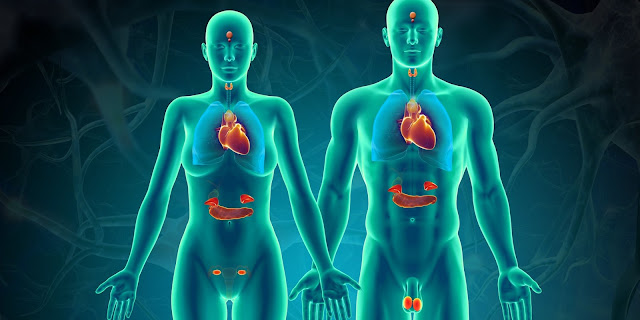Idiopathic Hypersomnia Treatment: Current Understanding and Approaches
Causes and Symptoms
Idiopathic hypersomnia is a chronic neurological sleep disorder characterized by excessive daytime sleepiness that is not caused by another medical condition or by insufficient sleep. Unlike narcolepsy, people with idiopathic hypersomnia do not experience cataplexy or sleep attacks. The exact causes are unknown, but it is thought to be related to abnormal regulation of the brain's sleep-wake cycle. Key symptoms include prolonged sleep latency (the time it takes to fall asleep), difficulty maintaining wakefulness throughout the day, and unrefreshing naps. Some people also experience insomnia symptoms like difficulty falling asleep at night. Diagnosis is made based on ruling out other potential causes and response to treatment.
Diagnosis and Evaluation
There is no single test to diagnose Idiopathic
Hypersomnia. Diagnosis is made based on a thorough clinical evaluation
and ruling out other conditions that could be causing the excessive daytime
sleepiness through testing. Doctors will take a full medical history, do a
physical exam, assess symptoms, and may order tests like a multiple sleep
latency test (MSLT) or polysomnography (sleep study). The MSLT objectively
measures how quickly a person falls asleep during daytime nap opportunities.
Polysomnography records brain waves, breathing, heart rate, leg movements and
more during an overnight sleep study. Diagnosis of idiopathic hypersomnia
requires the patient to have excessive daytime sleepiness for at least 3 months
and MSLT results showing short sleep onset latency times in naps.
Treatment Approaches
There is no cure for idiopathic hypersomnia, but treatments can help manage
symptoms and improve daytime functioning. The main treatment approaches include
sleep hygiene and lifestyle changes, wakefulness promoting agents/stimulants,
antidepressants, and chronotherapy. Sleep hygiene involves establishing
consistent sleep-wake routines, limiting daytime naps, controlling light and
noise exposure before bedtime. Wakefulness promoting agents like modafinil
(Provigil) and armodafinil (Nuvigil) are often first-line treatments. They work
to promote wakefulness by affecting dopamine and other neurotransmitters in the
brain regions that regulate arousal and sleepiness. For those who do not
respond well or have intolerable side effects, some antidepressants like
venlafaxine have shown benefits. Chronotherapy involves strategies like
planned/graded sleep restriction and early morning bright light therapy to help
regulate the body's circadian rhythms. Overall treatment is highly
individualized based on the patient's specific symptoms and response.
Prognosis and Future Research
The prognosis and long-term course of idiopathic hypersomnia varies greatly
between individuals. While some may see improvements with treatment over time,
others continue to experience excessive daytime sleepiness despite therapies.
Relapse of symptoms is also possible. Ongoing management with a board-certified
sleep specialist is recommended. More research is still needed to better
understand the underlying causes and pathophysiology of this condition.
Scientists are exploring the roles of genetics, abnormalities in sleep
regulation mechanisms in the brain, and connections to other neurological or
psychiatric disorders. Continued investigation may help lead to new treatment
targets and management strategies, as well as provide insights into the
relationship between sleep, wakefulness, and overall health and well-being.
Get more insights on Idiopathic
Hypersomnia




Comments
Post a Comment